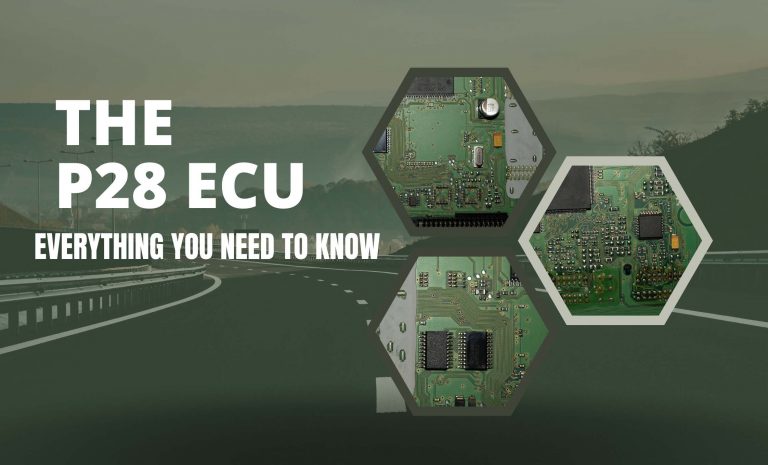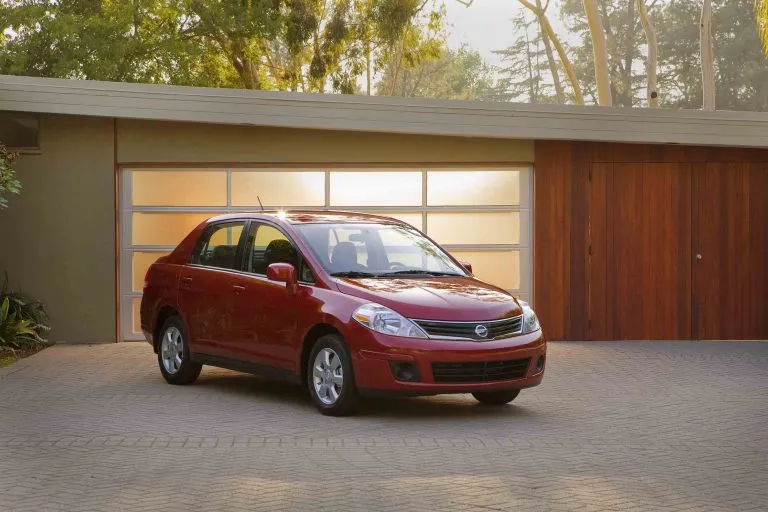Troubleshooting The PSM Failure Porsche Issue
The PSM failure Porsche warning light is something that many Porsche owners will have seen from time to time. It is not even an issue that tends to crop up on older vehicles any more often than on brand-new ones. It is not unheard of to get a PSM failure warning on the way back from the dealership.
How’s that for lousy luck? Whether you are currently looking at a PSM failure warning on your Porsches dashboard or simply trying to be proactively aware of any potential issues, you have come to the right place. We are going to discuss in detail what a PSM failure warning is, what the symptoms of PSM failure are so you know what to look out for, how to troubleshoot the issue, and what the heck “Limp Mode” is. Let’s dive right in.
What Is PSM Failure Porsche – Explained
PSM failure is something exclusive to Porsche. Is it because Porsches are bad? No. It’s because PSM stands for Porsche Stability Management. Why would any other manufacturer use that? The PSM Porsche failure is naturally a failure or shortcoming of the PSM system that is designed to improve driving performance in a variety of ways.
Dynamic control adjustments, tire pressure, automatic throttle adjustment, throttle positioning sensors, you name it. It all feeds into the PSM and gives your car a ton of information about how you are driving so that it can make adjustments automatically. Now, the issue here is clear. When there are so many different factors feeding into the PSM system there are a ton of endpoints that could be the cause of the PSM Porsche failure. Hence the long symptoms list in the next paragraph.
Symptoms Of PSM Failure
There are a ton of different symptoms of PSM failure that you should be on the lookout for. Now, naturally, any one of these symptoms on their own is not an indication that you are suffering from a PSM failure. But, if you get a PSM warning light and notice these symptoms, well now you understand why. The symptoms are as follows:
- PSM Software or Hardware Issue – Naturally, it could be a fault with the way the software or hardware is processing the incoming information.
- Wheel Speed Sensor Issues.
- Throttle Position Sensor.
- Steering Angle Position Sensor.
- YAW Sensor.
- Lateral Accelerator Failure.
- Brake Light Switches triggering PSM failure due to fuses tripping.
- MAF Failure.
- ABS Failure.
- Low Tire Pressure.
- Battery Issues/Failures – Low Voltage, Broken Entirely, Loose Connections, Corroded Ground, Flat or Dying.
Troubleshooting PSM Failure Porsche
So, we know what symptoms to look out for and we know what it is the PSM is actually trying to achieve. But how does that help us solve it? It doesn’t. Really. The problem with the PSM is that it is so engulfing in so many different electronic aspects and computational programs within the vehicle that getting a simple PSM warning light pop up on your dashboard doesn’t really help at all. So, you will have to use a clever bit of kit called a Porsche Scanner.
Naturally, before you start scanning your Porsche for PSM failure points you are going to need to be parked in a safe space with the parking brake on. Under the diagnostic port that can be found under the dashboard by the driver’s knees, you will find a connection point for your diagnostic scanner. Connect your scanner and turn the car on, but do not start the engine. Turn on your diagnostic scanner and find the settings that are appropriate for your car. Each car has its own diagnostic process so you will need to ensure you pick the exact model you drive.
Once you have done so you will find the PSM module that once selected will display EVERY error code for the PSM failure on your Porsche. You should take a picture of them all and/or write them down for reference later on. You can manually solve each issue and mark it as done so that the error codes are cleared.
Once they are all cleared you can turn the PSM warning light off. It doesn’t mean you need to take it to the dealership or to see a mechanic if you see the PSM warning light. But there is a chance you do. It depends on what the error codes are and whether you can solve them yourself. A dead battery or low tire pressure? Yeah, that’s something you can handle. Failing ABS? Speak to a pro.
Most Common PSM Porsche Failure Cause
As mentioned above, the PSM failure warning light is something that can appear just as often on an older vehicle as it can on brand-new ones. Why might that be? Because of what is the most common PSM Porsche failure triggers. Battery issues. Should a brand-new battery have problems? Well not, but they do.
Batteries degrade when they aren’t being used and unsurprisingly batteries aren’t used before they are sold. At least not much. They could have been sat there for an age before the car ever left the shop floor. It could also be a loose connection, low voltage issues, etc. But a dying battery is normally the cause.
What Is Limp Mode – PSM Failure Porsche
Limp mode is a clever security feature that activates when the engine control unit identifies faults or failures somewhere in the system. Limp mode prevents “non-essential” systems from operating in order to preserve power. Limp Mode can not only trigger the PSM failure warning light but can be triggered by the same thing that is causing a PSM failure.
They have an almost symbiotic relationship and you will find that they tend to come on together. Limp Mode can be triggered by accident and in turn, trigger the PSM warning light when there isn’t necessarily anything wrong. Or at least nothing major.
Conclusion
Thanks for reading and hopefully this article has helped you with the troubleshooting process for the PSM Porsche warning light. It is not necessarily a big-expensive issue and it is indeed often something minor so don’t panic! If you own a Porsche a Porsche Scanner is something that you will want to keep in your vehicle at all times. It is better to have one and not need it than vice versa.







